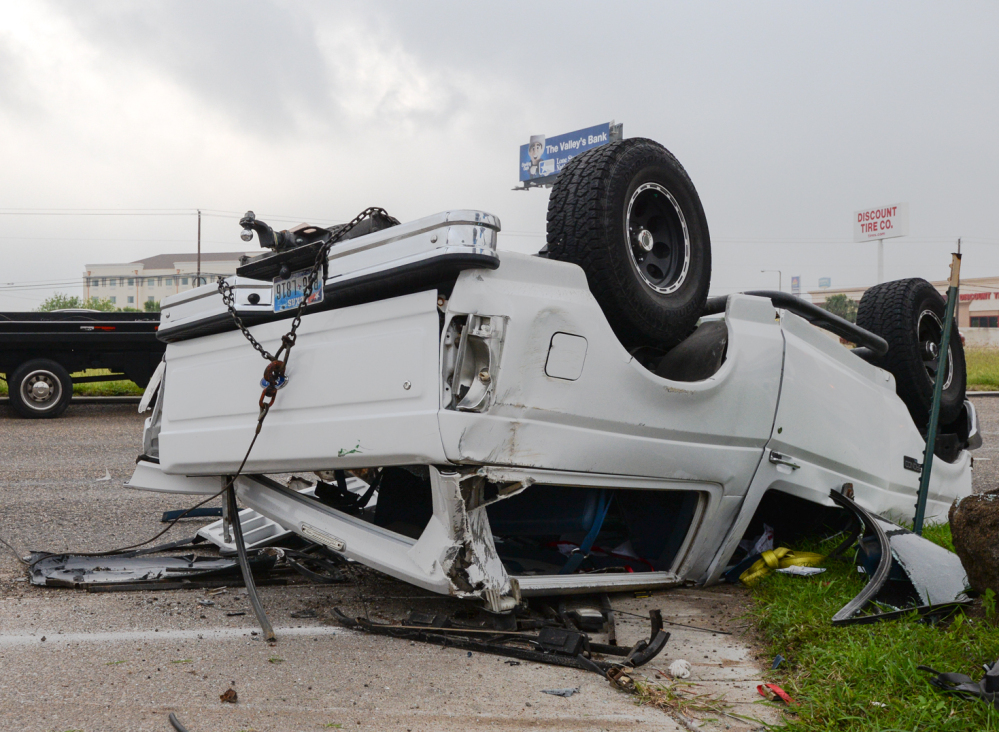WASHINGTON — Traffic fatalities were up 9 percent in the first six months of this year compared with the same period last year, continuing a surge in deaths that began two years ago as the economy improved and travel picked up, according to preliminary estimates released Tuesday by the National Safety Council.
Another likely factor: Average gas prices for the first six months of this year were 16 percent lower than in 2015.
An estimated 19,100 people were killed on U.S. roads from January through June, said the council, a congressionally chartered nonprofit that gets its data from state authorities. That’s 18 percent more than two years ago at the six-month mark. About 2.2 million people also were seriously injured in the first half of this year.
The council estimates the cost of these deaths and injuries at about $205 billion.
At that rate, annual deaths could exceed 40,000 fatalities this year for the first time in nine years, the council said. More than 35,000 people were killed on U.S. roads last year, making it the deadliest driving year since 2008, when more than 37,000 were killed.
“Our complacency is killing us,” said Deborah A.P. Hersman, the safety council’s president and CEO. “Americans should demand change to prioritize safety actions and protect ourselves from one of the leading causes of preventable death.”
U.S. drivers have also put in a record 1.58 trillion miles on the road in the first half of this year, a 3.3 percent increase over the same period in 2015, the Federal Highway Administration said this week.
States with the biggest increases since the upward trend began in late 2014 include Vermont, up 82 percent; Oregon, 70 percent; New Hampshire, 61 percent; Idaho, 46 percent; Florida, 43 percent; Iowa, 37 percent; Georgia, 34 percent; Indiana, 33 percent; California, 31 percent and Wisconsin, 29 percent.
Traffic deaths declined in seven states over the same two-year period: Delaware, -8 percent; Hawaii, -11 percent; Montana, -3 percent; Nebraska, -7 percent; North Dakota, -10 percent; South Dakota, -34 percent and Wyoming, -35 percent.
Send questions/comments to the editors.



Comments are no longer available on this story